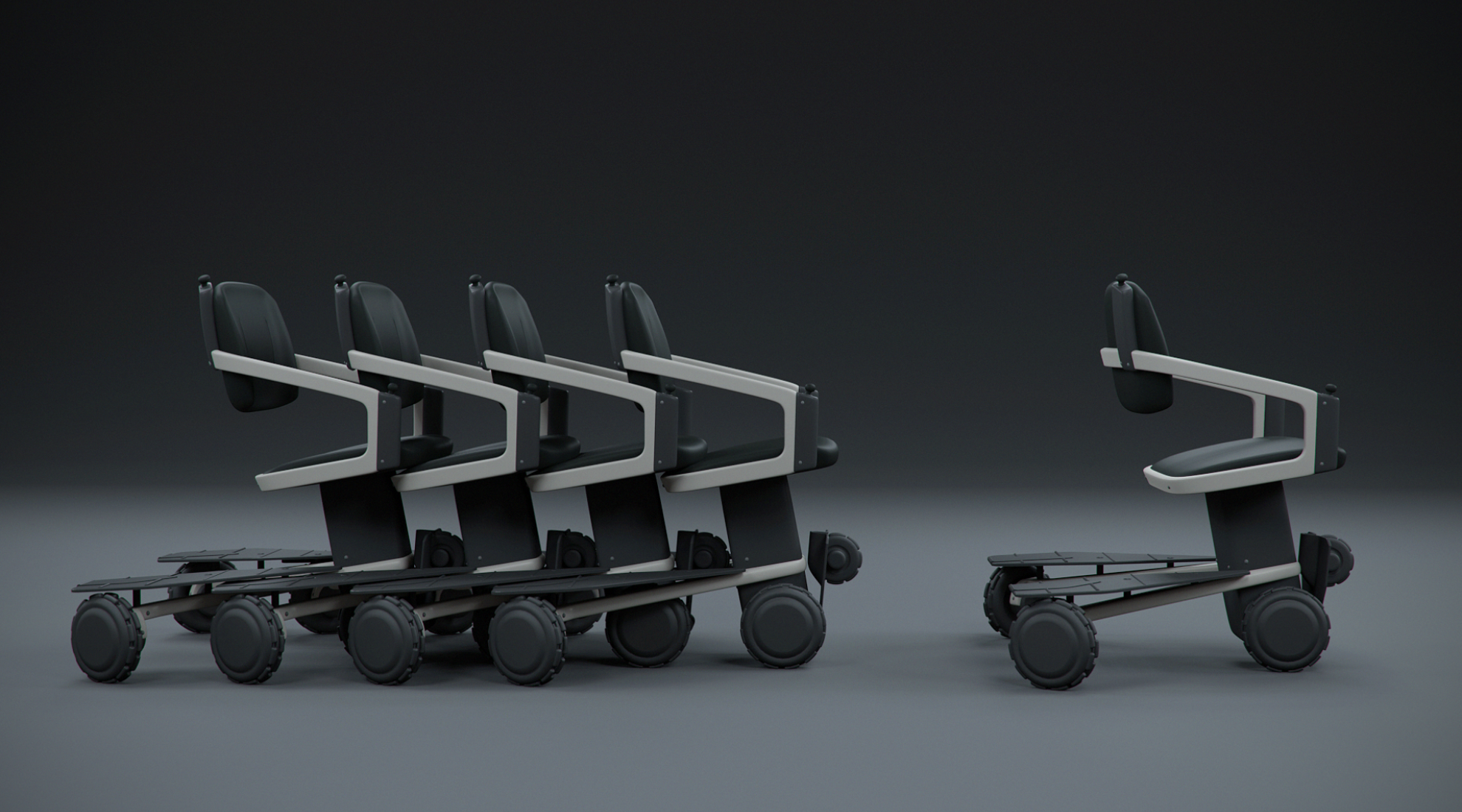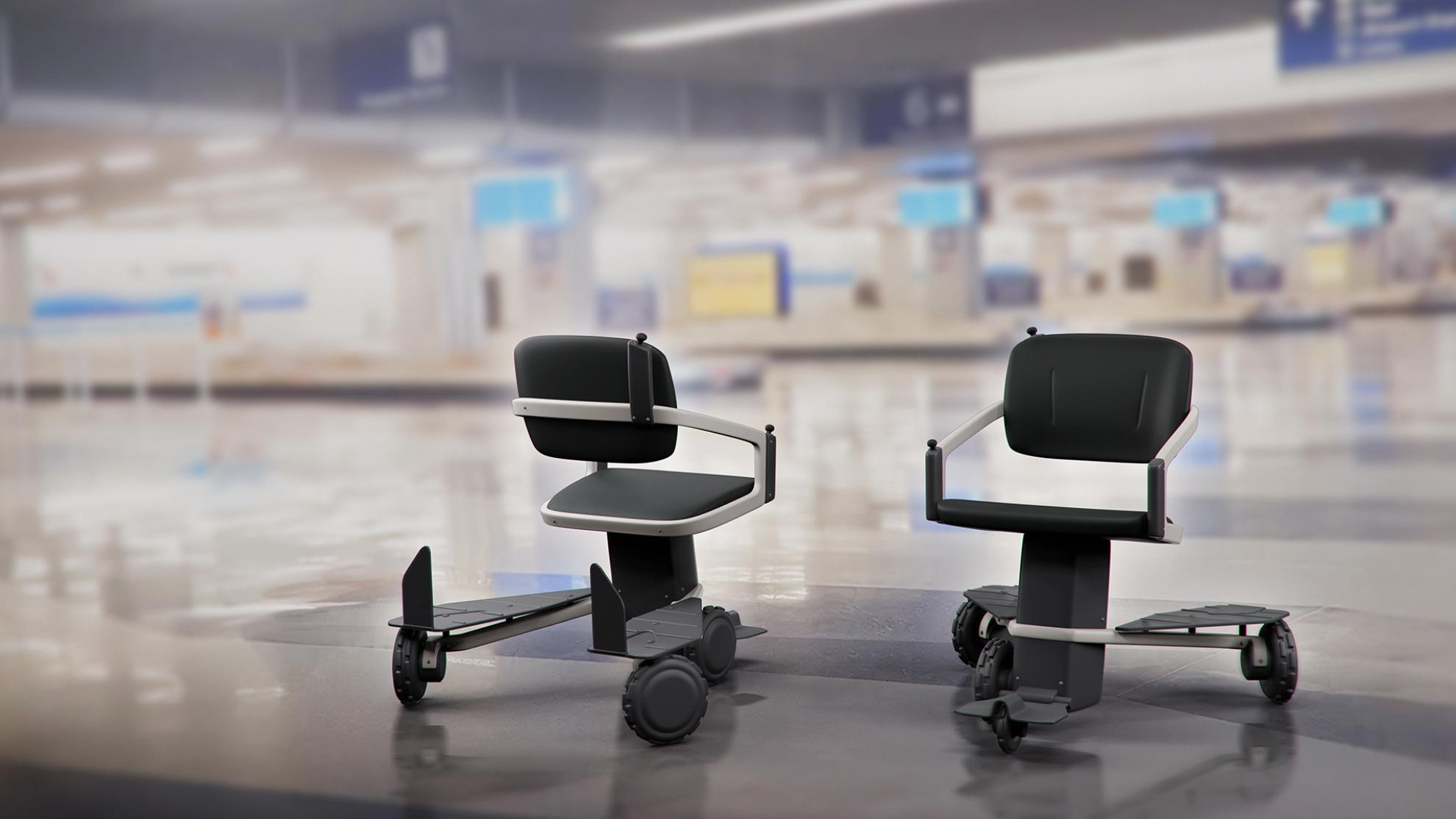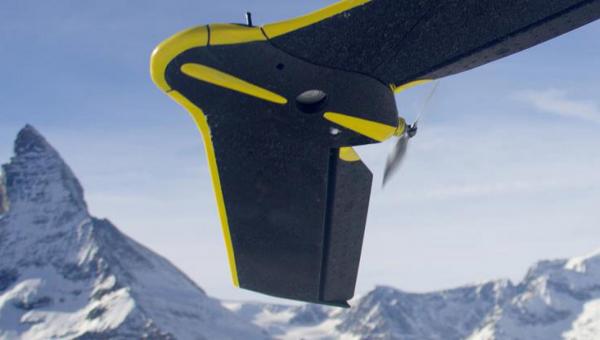A self-driving wheelchair for airports

Mastering the challenges at the airport for passengers with reduced mobility might soon become much easier thanks to new, autonomous wheelchair technology.
Over 43 million passengers travelled through Swiss airports in 2022 on their way to or from holidays or business meetings. For people whose mobility is restricted due to a disability or their age, such trips are a great challenge. At the airports, specialised services exist to assist passengers with disabilities from their arrival at the airport until they board the aircraft and vice versa. They are offered help with check-in, passport, customs and security control as well as with receiving their luggage. Every year, aviation companies spend a significant amount of money to provide these services, but they are all too often unsatisfactory for the passengers and costly for the companies.
Developed with challenges from airports in mind
A Swiss spin-off from EPFL, DAAV, has developed an autonomous electric wheelchair to make things easier for people with reduced mobility, specifically for places like airports. Travelling through airports might soon become much simpler.

The DAAV wheelchair can drive autonomously without any manual assistance.
Moving in any direction
Their novel electric wheelchair provides the highest level of manoeuverability for users, meaning that passengers can move in any direction they desire without changing course. They can simply move forwards, backwards, sideways, turn on the spot, or any combination of these movements. This is helpful for places with little space to manoeuvre, such as when queuing at check-in.
Autonomous driving system
The unique feature of the DAAV wheelchair is its autonomous driving system. The wheelchair moves autonomously on the most efficient route to the desired destination. With the help of a cutting-edge AI powered algorithm, it enables the users of the wheelchair to drive either manually or completely automated.
Potential game changer for airport assistance services
In implementing the wheelchairs at an airport, the entire service for passengers with reduced mobility could be managed automatically without any manual assistance. Passengers in need of mobility assistance can easily get on a unit, scan their boarding pass, and get to the gate they are supposed to go to efficiently and independently with the automated driving system. After driving the passenger to the specific gate, the wheelchair will drive itself back to the charging area and is ready for the next customer.
Recently, the DAAV team demonstrated their mobility solution in check-in area 2 of Zurich airport. The goal is to bring DAAV to market by the end of 2023 and to improve the service for passengers with reduced mobility in airports all over the world.




